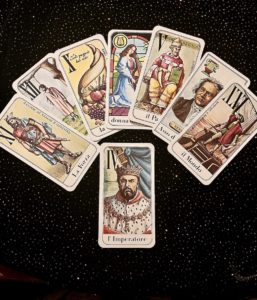

Tarot, an ancient divination tool that has captivated the imagination of seekers for centuries, is much more than just a deck of cards. Tarot’s enigmatic history and captivating art have made it a profound symbol of esoteric wisdom and insight. In this article, we’ll delve into the origins and evolution of Tarot, exploring its fascinating history and the mesmerizing art that adorns each card.
The exact origins of Tarot remain shrouded in mystery, with various theories and legends surrounding its creation. One popular belief traces Tarot back to ancient Egypt, claiming that the symbols and archetypes encoded in the cards hold the secrets of the Egyptian mystery schools. However, there is no concrete historical evidence to support this claim.
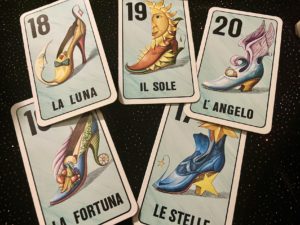
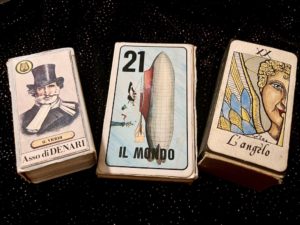
The most widely accepted theory points to the origins of Tarot in Northern Italy during the late 14th or early 15th century. Initially, tarot decks were used for playing card games akin to modern-day bridge or poker. Not until later did Tarot begin to be associated with divination and esoteric practices.
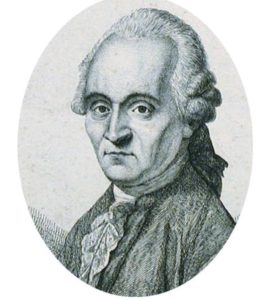
In the 18th century, a surge of interest in the occult and esotericism led to a transformation of the Tarot’s purpose. Renowned occultists like Antoine Court de Gébelin and Etteilla (Jean-Baptiste Alliette) proposed that tarot cards concealed ancient mystical knowledge. They suggested that the imagery contained deep symbolic meanings and held the keys to divine insights.
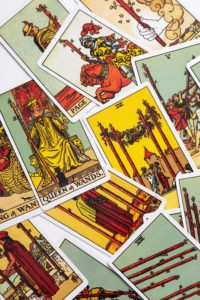
The Rider-Waite Tarot, published in 1910 by Arthur Edward Waite and illustrated by Pamela Colman Smith, was a groundbreaking development in the world of Tarot. This iconic deck introduced detailed illustrations for all 78 cards, incorporating rich symbolism and evocative imagery. The Rider-Waite Tarot became the foundation for many subsequent tarot decks and solidified the association between Tarot and spirituality.
At the heart of Tarot’s allure lies the artistry that adorns each card. Each card in a tarot deck is a masterpiece, capturing a specific aspect of human experience and spiritual growth. Regardless of their tradition, tarot decks are a canvas for artistic expression and storytelling. From the vibrant colors and intricate details to the carefully crafted symbols, every element of a Tarot card is laden with meaning. Illustrators and artists have continuously reimagined the Tarot, offering a myriad of styles that capture the essence of the human experience, the cosmos, and the mysteries of life.
Unveiling the Hero’s Journey: One of the most compelling aspects of Tarot is the Major Arcana, a set of 22 cards that delves into the human soul’s journey. Each card represents a significant life stage or an archetypal character, unfolding a narrative that mirrors the hero’s journey – a path of self-discovery, challenges, and growth. The Major Arcana reflects universal themes that resonate with people from all walks of life, making it a potent tool for introspection and personal development.
Complementing the Major Arcana are the 56 cards of the Minor Arcana, which delve into the mundane aspects of daily life. The Minor Arcana is arranged into four suits – Cups, Wands, Swords, and Pentacles – representing emotions, actions, thoughts, and material concerns, respectively. Through the Minor Arcana, Tarot offers practical guidance, insights, and solutions to navigate the complexities of everyday existence.
As Tarot’s popularity has grown, many tarot decks have emerged, each with its own artistic style and unique interpretations. Some decks draw inspiration from different cultures, such as the Thoth Tarot by Aleister Crowley and Lady Frieda Harris, which combines Egyptian and Western esoteric symbolism.
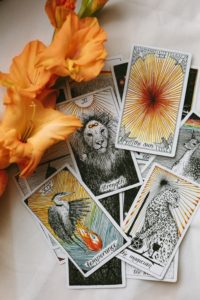
Other decks explore themes like nature, fantasy, or even pop culture. Tarot decks like the Wild Unknown Tarot by Kim Krans and the Modern Witch Tarot by Lisa Sterle showcase contemporary, minimalist art that resonates with modern sensibilities.
In the modern era, Tarot has experienced a renaissance. It has transcended its humble origins as a card game, becoming a popular tool for introspection, guidance, and spiritual exploration. Psychologists, therapists, and life coaches have incorporated Tarot readings into their practices, recognizing its potential as a therapeutic and reflective tool. Moreover, Tarot’s captivating art has influenced fashion, literature, and popular culture, ensuring its enduring relevance in today’s world.
The journey into Tarot’s captivating history and the beauty of its art unveils a tapestry of symbolism, wisdom, and self-discovery. As we continue to unravel the depths of Tarot’s history and embrace its ever-evolving art, let’s remember that the true magic of Tarot lies not in predicting the future but in understanding ourselves and the world around us. Whether you’re a seasoned tarot enthusiast or a curious beginner, Tarot’s resonant messages are bound to be transformative and enlightening.